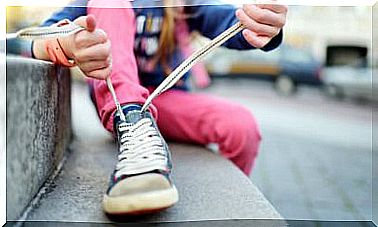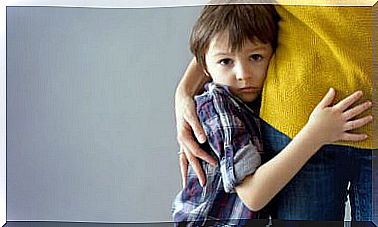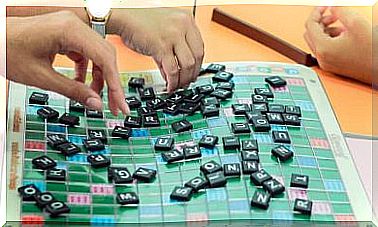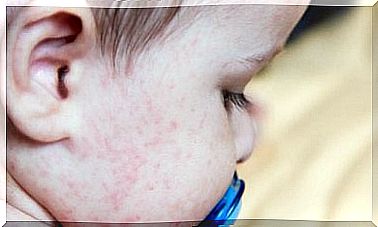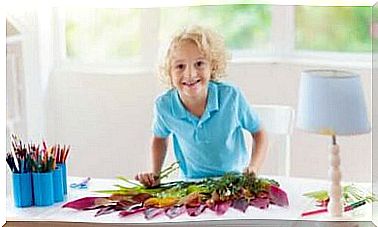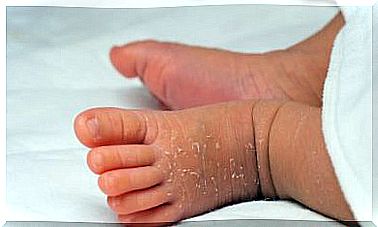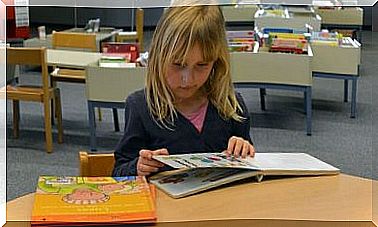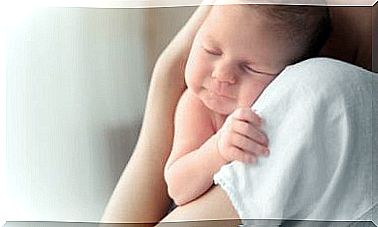Early Stimulation Exercises For Children
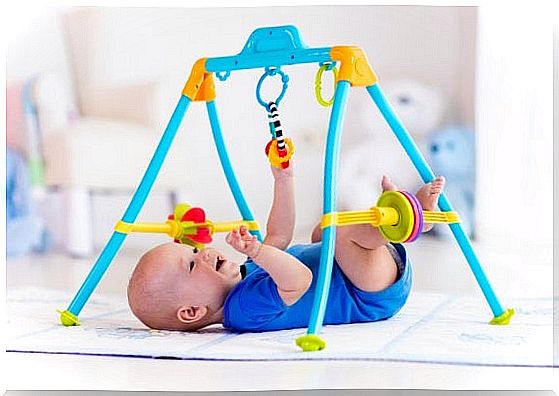
Early stimulation exercises for children will make your child develop greater psychomotor and cognitive skills. Early child stimulation, or early attention, is used from newborns to 6-year-olds, as it is during this time that the child develops his personality.
It is advisable to start with these stimulation exercises when the baby is newborn. So from the beginning he will start to develop skills that will be strengthened over time.
What areas are used for early stimulation?
There are four areas that are used to perform early stimulation exercises:
- Fine motor. The development of the fine motor is in the hands and fingers. This is present when the baby starts to discover the movements with his hands.
- Thick motor. The gross motor refers to the other parts of the body, that is, the arms, legs and body movement in general.
- This area refers, firstly, to the ability to relate to others (socio) and, secondly, to the ability to demonstrate emotions (affective).
- In language, the abilities to speak and respond are developed.
The intensity of early stimulation exercises will depend on the child’s age. If it’s a newborn, it will be gentle exercise and as it grows, the intensity will increase proportionately.
Early stimulation exercises
To explain some of the most commonly used exercises for early stimulation, we will divide children’s ages into three different stages because, as we said earlier, they vary in intensity depending on the child’s age.
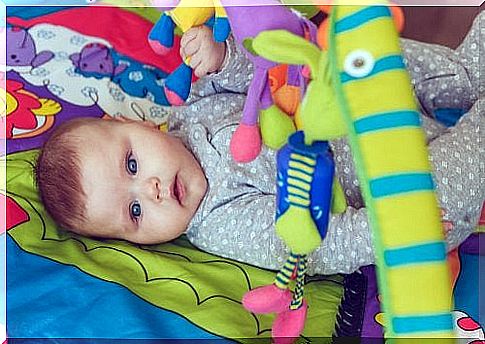
Early Stimulation Exercises for Newborns
- For a good grip on objects, put in your hands some object that emits a sound, such as a rattle, and move it in both directions for the baby to repeat the exercise.
- To stimulate the face, you should place your fingers in the middle of your forehead, nose or lips and gently spread them towards both sides.
- Give vibrantly colored objects that draw attention.
- Kissing, cuddling and talking in a loving tone to your baby all the time will develop your social side.
- From 4 months of your baby onwards, the movement of the body begins: this is when he lies on his back and moves a little better.
- Stretch and flex your legs and arms.
- As he gets older, these exercises should be similar, but more complex and challenging for him.
Exercises for children 1 to 3 years old
Start using textures when your child is one year old; it’s time for you to start investigating, favoring perception.
- At this age, it is also good for the child to start moving and getting up on his own. Get her attention by holding toys and placing them in a nearby place so your baby can go to them.
- The identification games will help the child to get to know things. For example: body parts, numbers 1 to 10, colors…
- If, in addition to playing, you also use music for these games, children will develop memory capacity.
- Learning simple tasks, such as picking up toys, asking to go to the bathroom, dressing and undressing on their own, are small actions that will help them acquire good behavior.
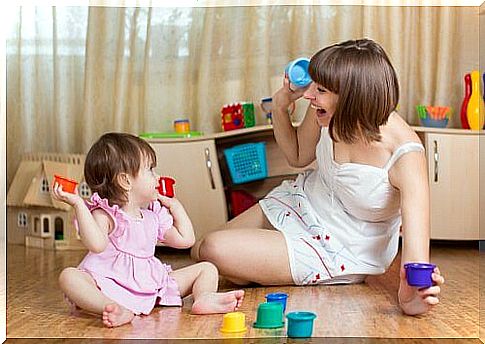
Exercises for children aged 3 to 6 years old
- Use simple puzzles so they can start putting pieces together and their thinking develops.
- For body movement, use music . Teach simple dances that she can easily remember.
- Let her draw and as she does, ask her what she is drawing so she can explain her feelings at that moment.
- Encourage her to learn simple tasks, such as throwing something in the trash or picking up silverware from the drawer.
- To develop your imagination, use a stuffed animal as the protagonist of a story and make up the story together.
- The child’s relationship with others is very important. Allowing children to talk and play with each other is essential to their development.

